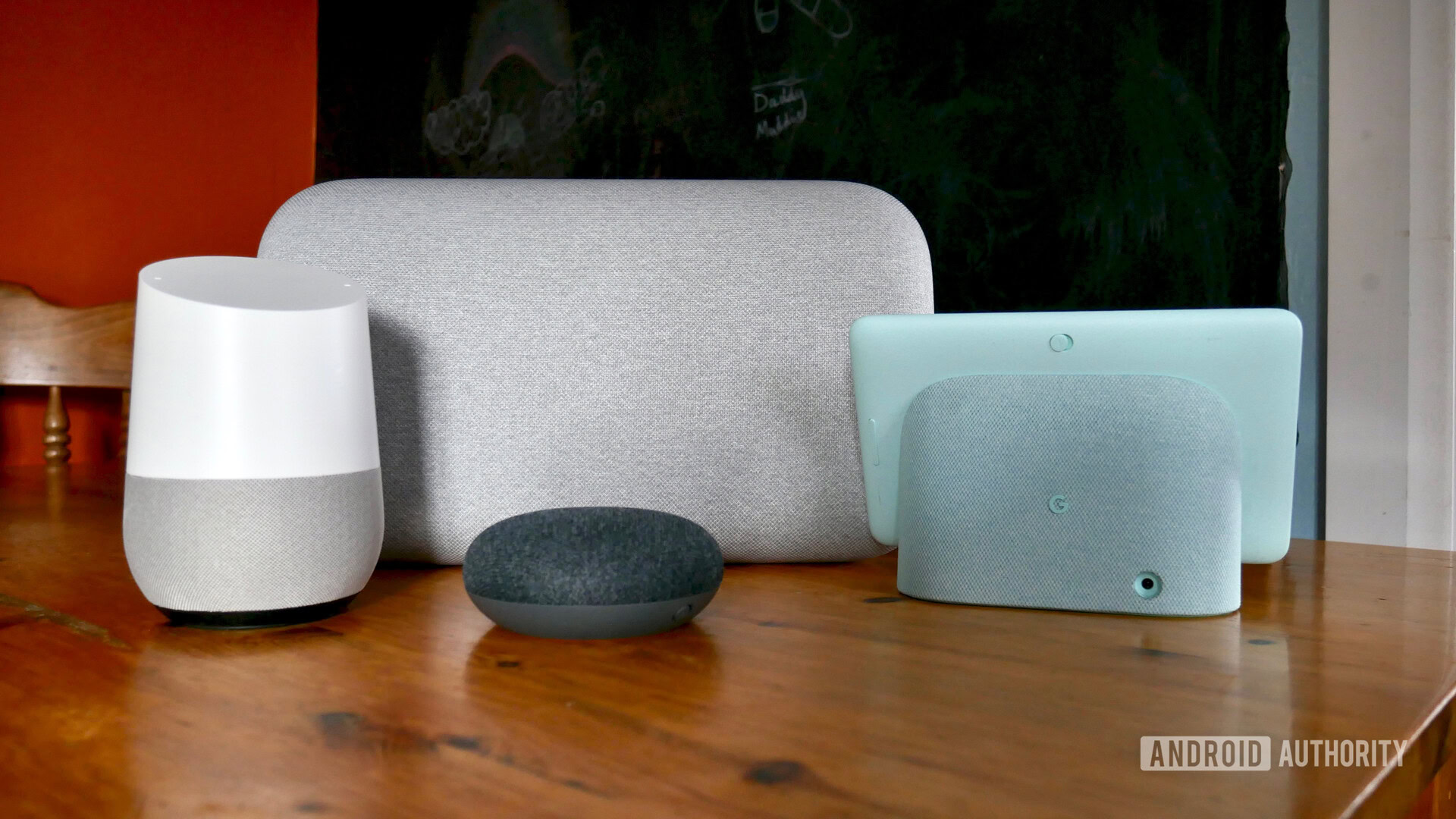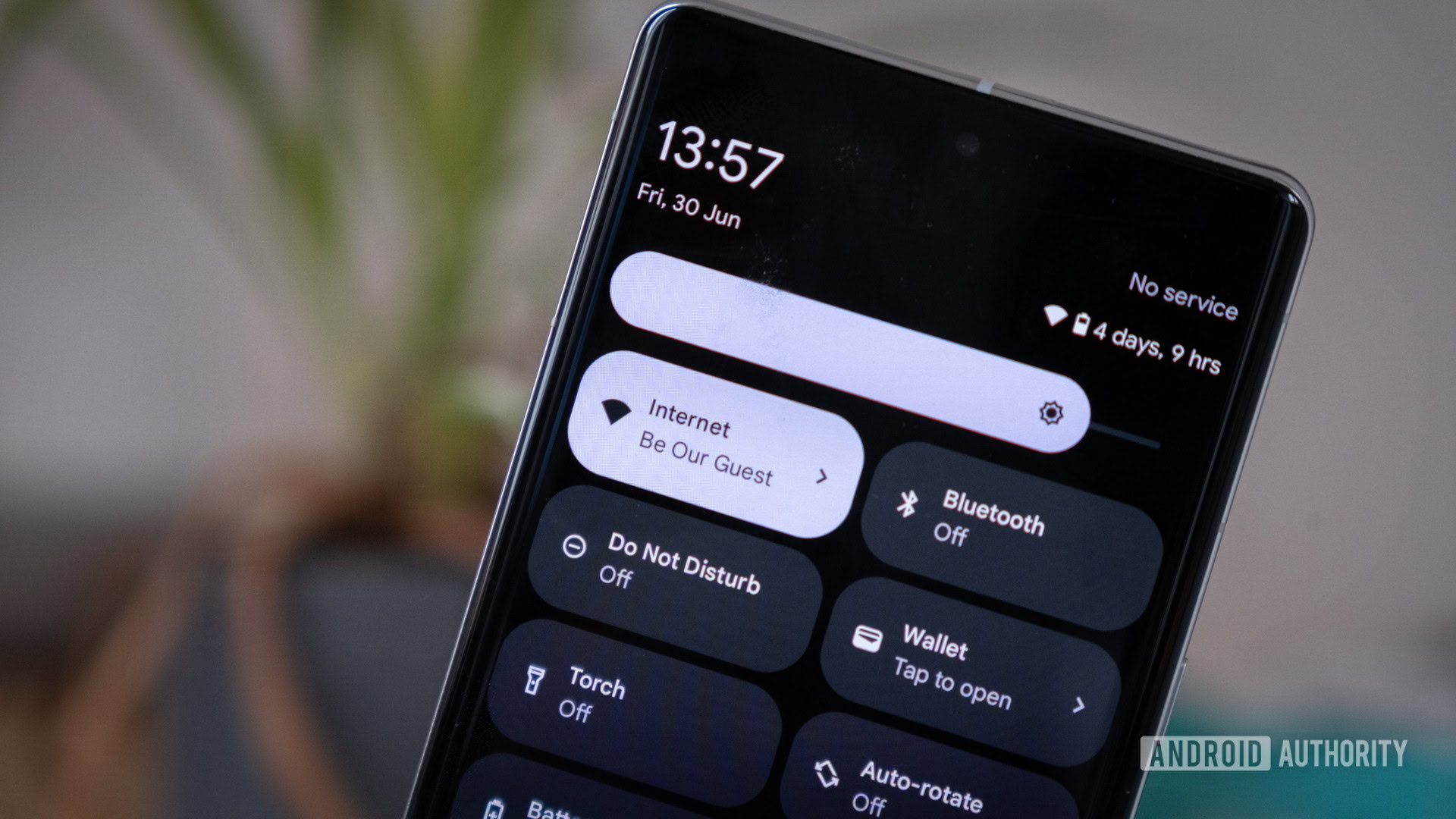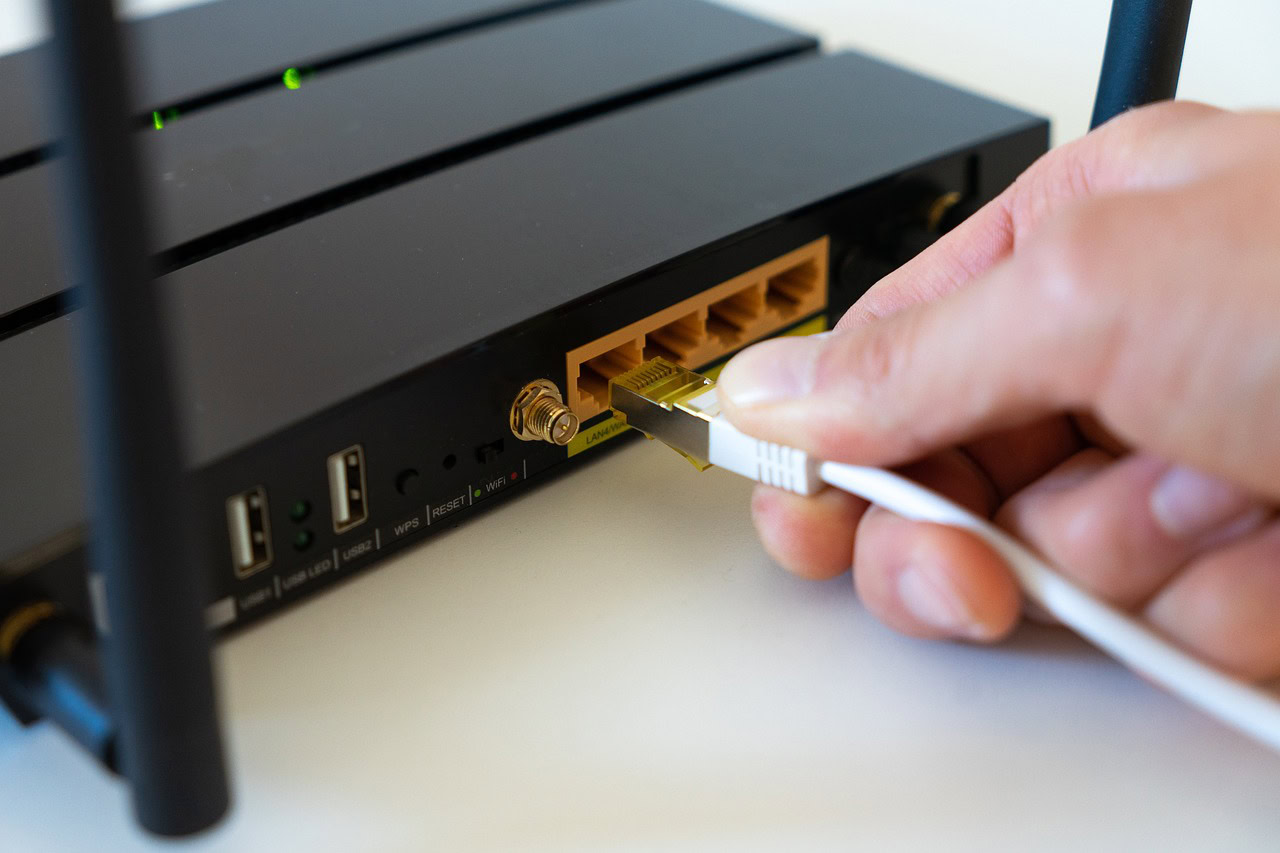Affiliate links on Android Authority may earn us a commission. Learn more.
Wi-Fi 6 and 802.11ax explained: How does it compare to older generations?
November 11, 2024
The Wi-Fi Alliance caused a minor stir back in 2018 when it announced a switch in standard naming conventions for Wi-Fi standards. Gone was the complex naming scheme featuring seemingly nonsensical letters. It’s being replaced by Wi-Fi 6 (or 802.11ax) as the next-generation standard at the time.
The new naming scheme also retroactively applies to the older 802.11ac technology (Wi-Fi 5), and the even older 802.11n standard (Wi-Fi 4). There’s more to Wi-Fi 6 than a new naming convention, though. This generation of Wi-Fi has numerous benefits compared to previous iterations.
Wi-Fi 6 and AX: More devices on a network
Arguably the biggest focus for Wi-Fi 6 was reducing congestion and allowing more devices to connect to a network. This is first accomplished by the use of MU-MIMO technology, allowing multiple users to be handled in one go. Think of it like a fuel station that only has one pump versus a station that has several pumps available.
Wi-Fi 6 also utilizes other technologies like OFDMA and transmit beamforming to improve efficiency and network capacity respectively. All of this means your home network shouldn’t come to a crawl if you’ve got a ton of devices in the household. With today’s households including smartphones, laptops, smart TVs, and more, it’s certainly a challenge worth addressing.
Wi-Fi 6 increases network capacity, allowing more devices to connect without slowdowns.
These tweaks should also make for a better experience in places with loads of people. The alliance specifically mentions retailers, apartment blocks, transportation hubs, and stadiums. Interestingly enough, this is also one of the benefits of 5G, allowing more people to stay connected during sports games, music festivals, and other mass events.
Another benefit of Wi-Fi 6 is out-of-the-box support for the latest WPA3 security standard. This should make it more difficult for people to crack your Wi-Fi password.
Smart home and more use-cases: Benefits of Wi-Fi 6

The previous Wi-Fi standard (Wi-Fi 5 or 802.11ac) was introduced in 2013, although we also saw a “Wave 2” off-shoot emerge in 2016. Much has changed since then though, owing to the ubiquity of smart speakers and smart home gadgets in general.
It’s important for any new Wi-Fi standard to cater to these diverse devices. That’s exactly what the Wi-Fi Alliance did with Wi-Fi 6. In fact, the consortium went so far as to say the new standard was made for everything “from IoT and smart home, to businesses running large-scale, mission-critical deployments.”
Wi-Fi 6 is arguably the first Wi-Fi standard created with smart home and IoT devices in mind.
The updated standard uses 1024QAM to boost bandwidth for emerging use-cases, and target wake time (TWT) technology to increase battery life in Wi-Fi-enabled devices and IoT clients. The Wi-Fi Alliance says 1024QAM delivers a 25-percent boost to throughput at short range compared to Wi-Fi 5.
All of these factors add up to make Wi-Fi 6 a compelling upgrade if you’re one to adopt emerging technologies. I notice a perceptible difference when using Wi-Fi 6 on the Meta Quest 3 VR headset, for example, as streaming games from a nearby PC takes up a lot of bandwidth. Using Wi-Fi 6E would make for an even better experience, for reasons we’ll discuss in a later section.
Finally, TWT allows devices and the access point to effectively negotiate when they’ll wake up to send/receive data, based on expected network traffic. This saves all devices from constantly having to wake up to check for data. The tech can also result in reduced congestion. This is because the access point is able to schedule wake-ups without having any overlap between devices.
Do you need a new router for Wi-Fi 6?
Wi-Fi 6 requires users to have both a compliant router/access point and a smartphone/tablet/laptop supporting the new standard. If your device is supported but your router isn’t (or vice versa), then you won’t see all of the benefits.
Several Wi-Fi 6 routers were already available on the likes of Amazon in the early days of the standard, with brands such as NETGEAR and ASUS offering wares. These routers weren’t cheap though, varying from $340 to $500. Fortunately, Wi-Fi 6 routers have become widely available and cheaper these days.
Samsung’s Galaxy S10 series was the first major flagship phone family to support Wi-Fi 6, but we’ve since seen pretty much all major flagships and even mid-range devices like the Pixel 8a bringing support since then. Some smartphones, including Samsung’s Galaxy lineup, will display the number 6 alongside the Wi-Fi icon if you’re connected to a supported access point.
Is Wi-Fi 6 faster? Should you upgrade your router?

It’s all good upgrading to the next big standard. However, you should ask yourself why you’ll need a Wi-Fi 6 router in the first place. The standard is theoretically capable of speeds of roughly 9.6Gbps, the alliance told us. However, it added that you can expect gigabit speeds with “the right conditions.” Most people aren’t on gigabit internet connections right now. So it certainly makes less sense to upgrade to Wi-Fi 6 if you’re on a 100Mbps or slower internet connection.
In an environment with loads of gadgets, such as a mall, office, or public building? Or maybe you just have plenty of connected gadgets at home? Then Wi-Fi 6 will help ease congestion for all devices. But you’ll want all devices on the network to support the standard in order to get the full benefit.
Haven’t upgraded your home router since the days of Wi-Fi 4 (802.11n) or earlier? Now is a good time to upgrade, as Wi-Fi 6 routers and supported devices are pretty common these days.
Is Wi-Fi 6 faster than Ethernet?
While it’s tempting to get rid of unsightly cables, Wi-Fi 6 still isn’t as fast or reliable as many bog-standard Ethernet cables. The most commonly available Category 6 network cables can achieve a rock-solid gigabit connection over long distances. Wi-Fi, on the other hand, can suffer from wireless interference, higher latency, and reduced speeds so it’s best used for light use cases. That said, if you aren’t a competitive gamer or a data hoarder, you may not see a big difference between Wi-Fi and Ethernet in the real world.
Has Wi-Fi 6 become the standard yet?
Several years have passed since the first Wi-Fi 6 routers and devices hit the market, so has the standard become widely accepted yet? For the most part, yes. You’ll be hard-pressed to find a smartphone, laptop, or similar gadget without support for Wi-Fi 6 today. However, most commodity hardware like smart home products, TVs, and even ISP-supplied routers skip Wi-Fi 6 as implementing it costs more.
Do I already have a Wi-Fi 6 router?
Unless you bought your Wi-Fi router within the past three years or so, chances are that you’re using a Wi-Fi 5-compliant router. To find out which Wi-Fi standard your router supports, read the label on the box or look up the make and model. If it claims compatibility with the 802.11ax standard, you have Wi-Fi 6 hardware.
What’s all this about Wi-Fi 6E?
Wi-Fi 6E was the follow-up of sorts to Wi-Fi 6, announced in early 2020, and the biggest addition to the table is the 6Ghz band. Earlier Wi-Fi standards offered 2.4Ghz and 5Ghz bands, but the FCC green-lit the use of the 6Ghz band for Wi-Fi in 2020.
According to the Wi-Fi Alliance, Wi-Fi 6E provides four times more capacity than Wi-Fi in 2.4Ghz and 5Ghz bands. In other words, if you’ve got a ton of devices on a network, this should reduce drop-outs and other related issues even more. It will also offer lower latency and better speeds as a result.
The Samsung Galaxy S21 Ultra was one of the first phones to support Wi-Fi 6E, along with the Xiaomi Mi 11 Ultra (region-dependent). Today, Wi-Fi 6E has become a staple feature of flagship smartphones. But again, you’ll want a compatible router to get the most out of the standard.
The industry has also since moved on to Wi-Fi 7, which has just seen the first wave of devices and routers hit the market. The updated standard brings even faster speeds thanks to a technology called multi-link operation (MLO) that allows devices to latch on to two different frequencies simultaneously. The only downside is that it comes at a pretty hefty price tag for now.
FAQs
Wi-Fi 6 is an updated generation of Wi-Fi. It still connects you to the internet, but Wi-Fi 6 features additional technology to make the connection more efficient. It’s around three times as fast as Wi-Fi 5.
If you see a number 6 alongside the Wi-Fi symbol, it means that your device is connected to a Wi-Fi 6-capable router.
Wi-Fi 6 is a component of a mesh system rather than a competitor. It indicates updated technology for your home network to use, while the mesh system spreads the signal throughout your home.
Yes, Wi-Fi 6 routers can have better range than Wi-Fi 5 routers. This is because the updated technology in Wi-Fi 6 boosts data transmission rates across a given range. That means you’ll connect faster and the data will reach further.
Wi-Fi 6 doesn’t affect signal strength since it uses the same 2.4 and 5GHz frequencies as prior generations. However, it does bring improved efficiency on 2.4GHz networks, which could speed up your connection.
It can be tough to choose a new router. There is no right answer for every situation, but you can check out one of our favorites here.
Thank you for being part of our community. Read our Comment Policy before posting.
